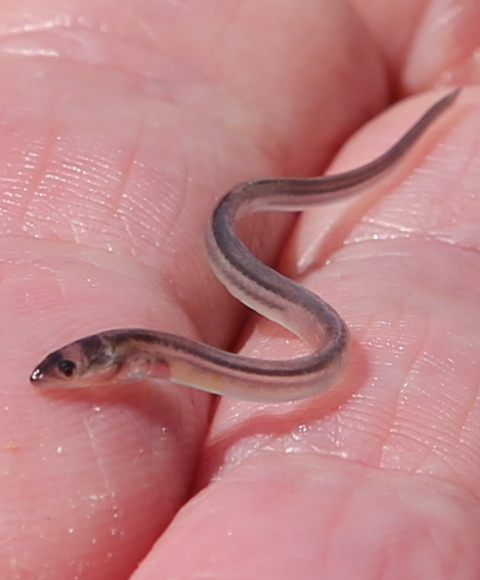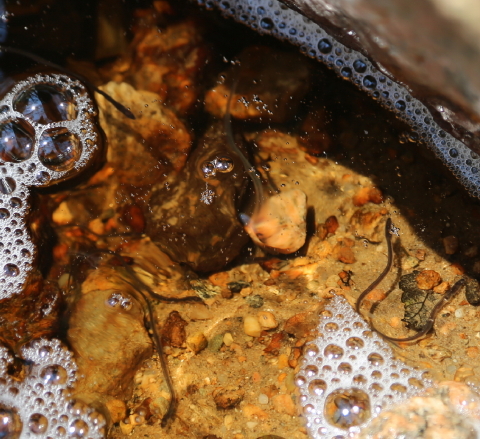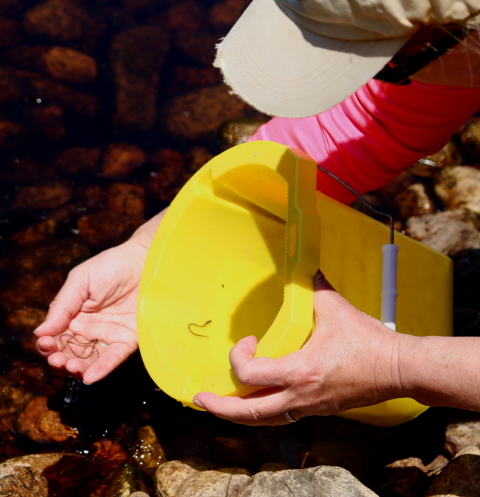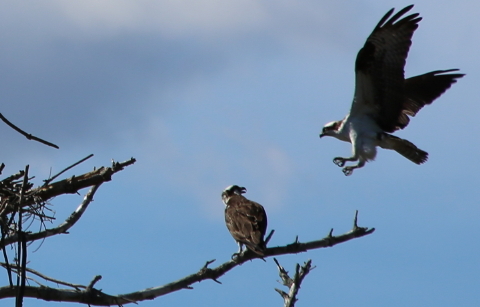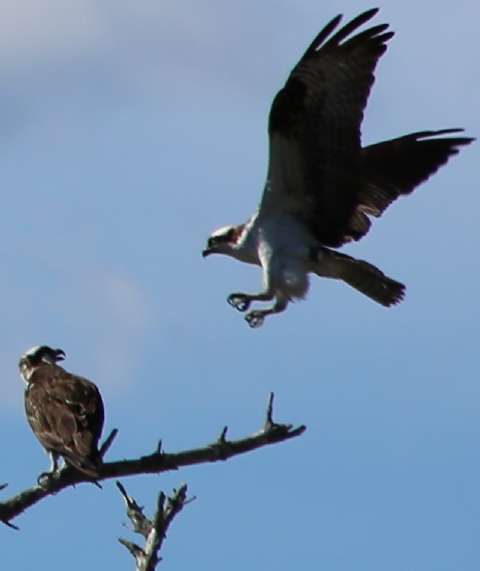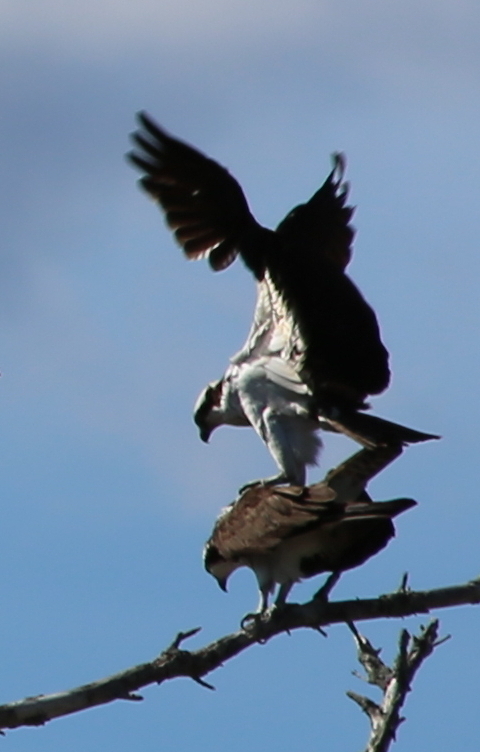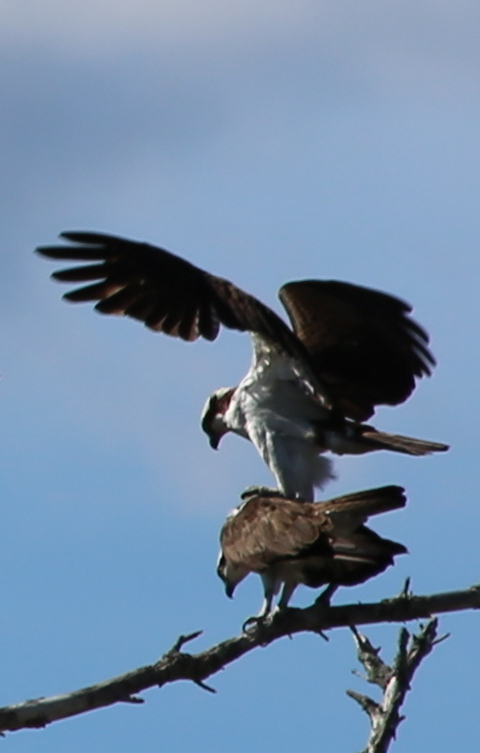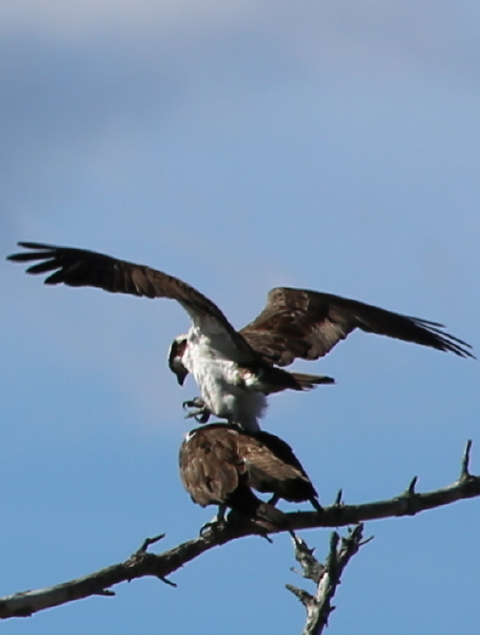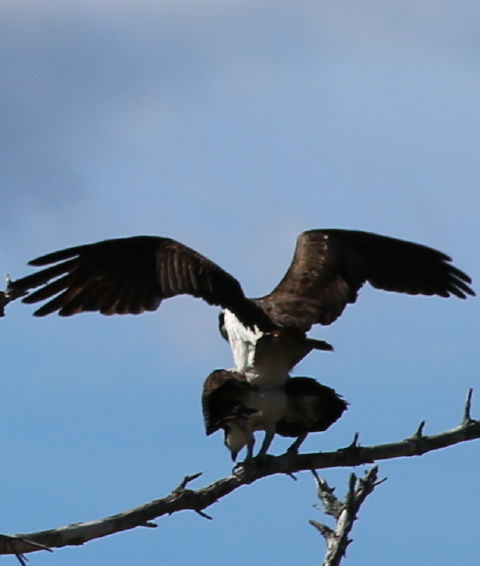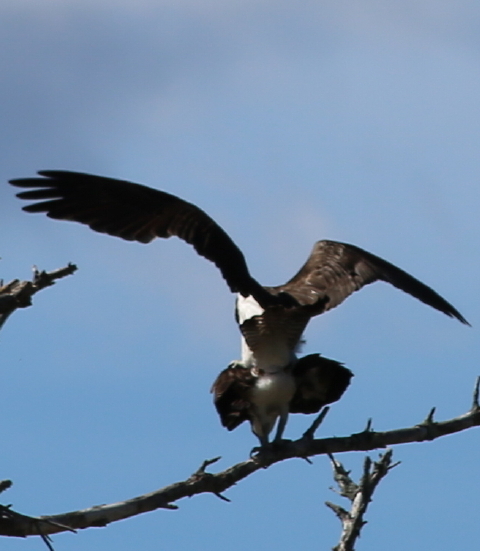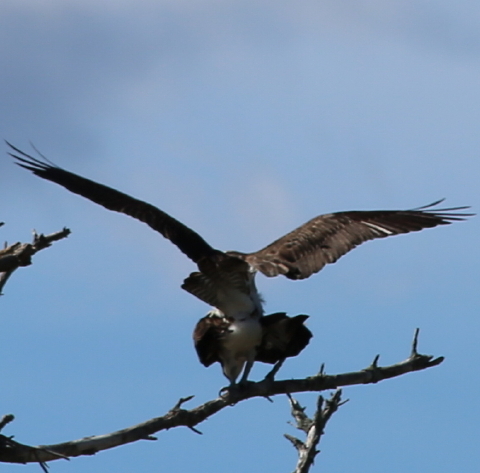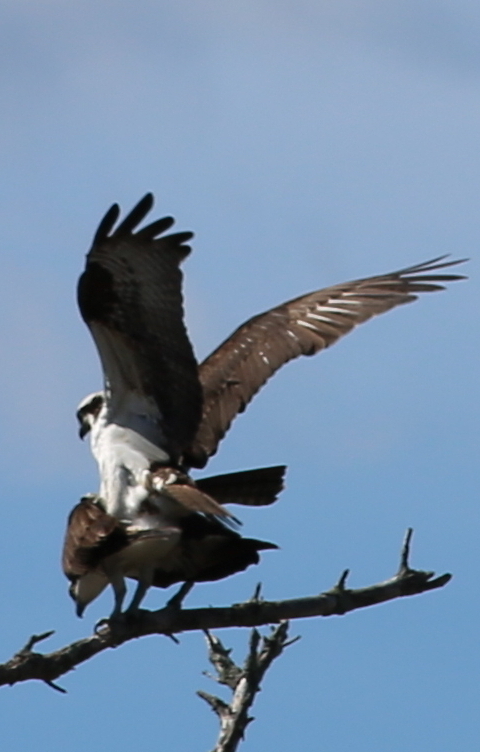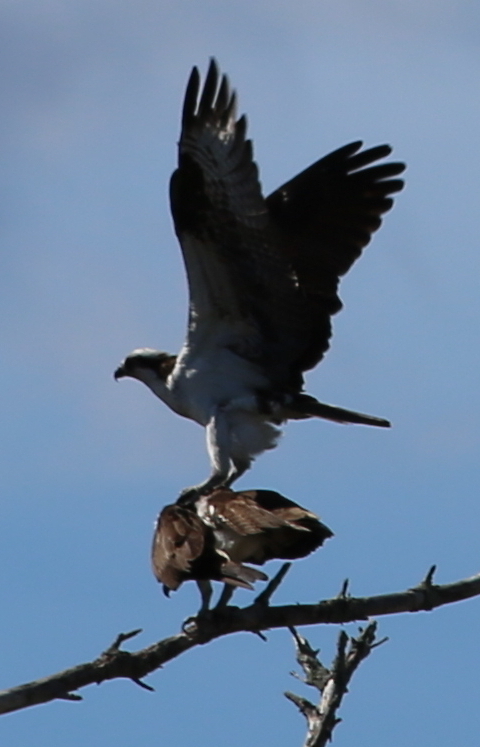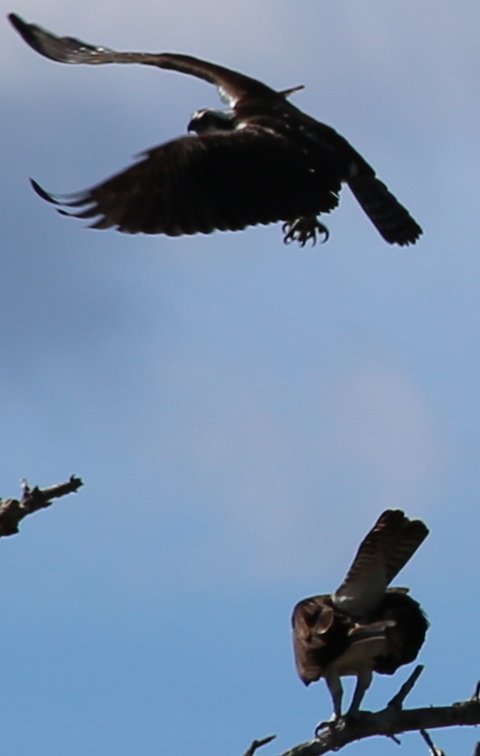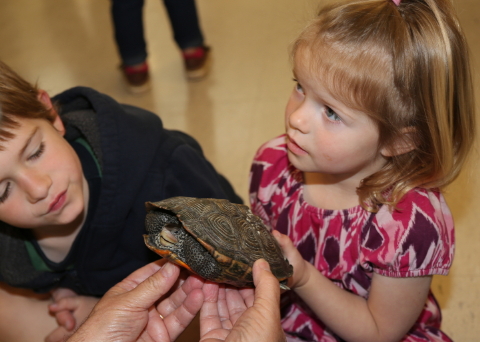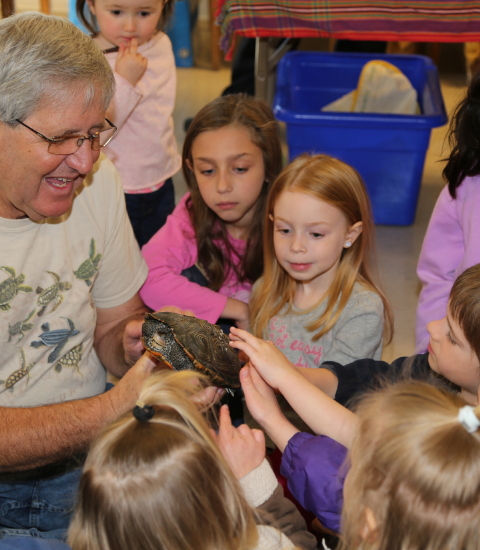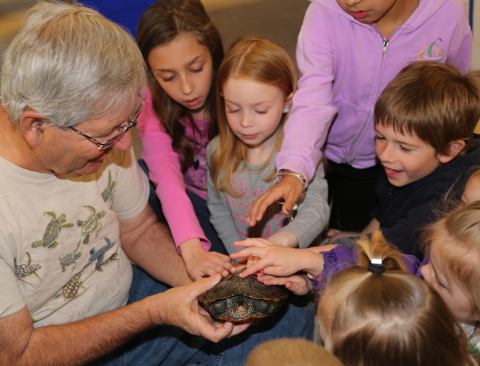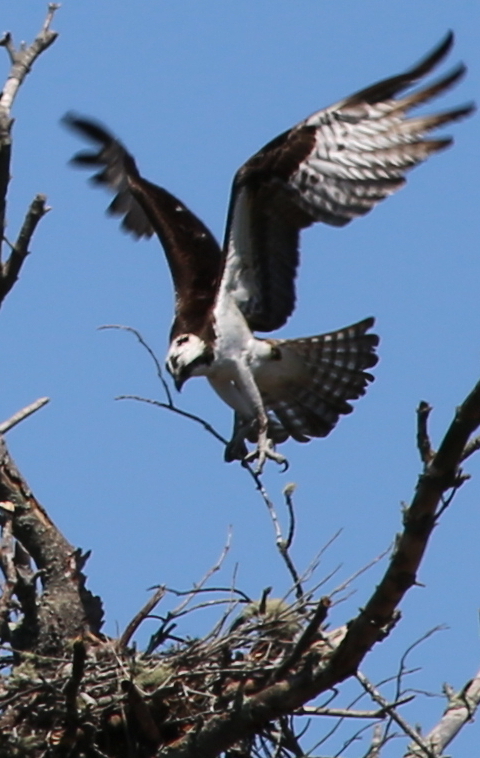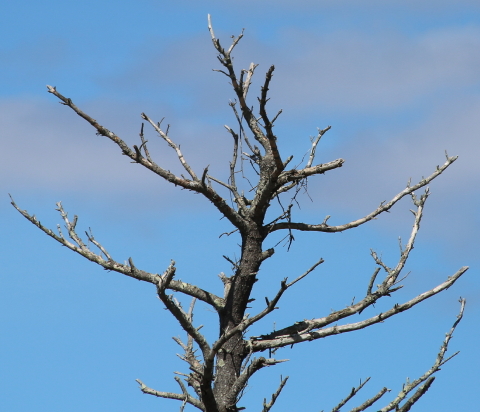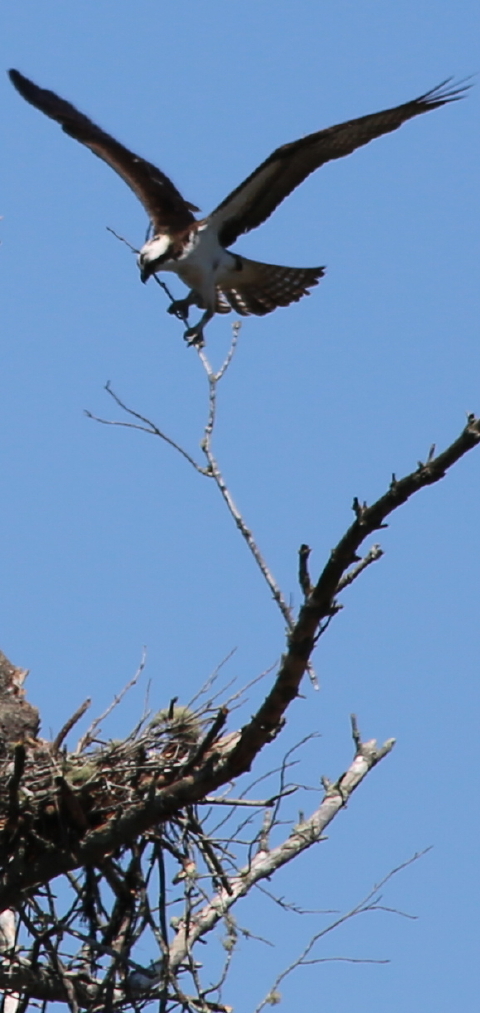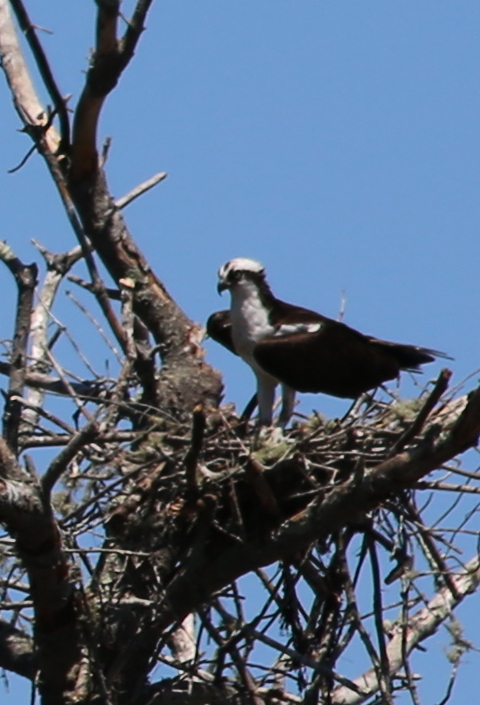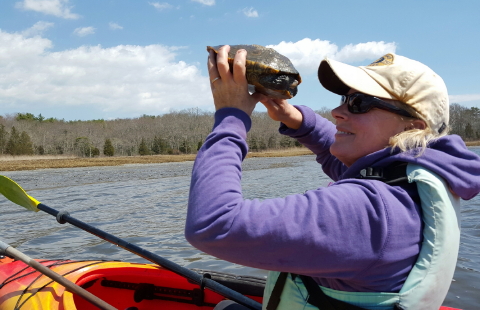American Glass Eel (Elver) [Anguilla rostrata]
On Sunday, May 3rd, the Turtle Journal team observed the first baby American eel (elver) of the season on the SouthCoast of Massachusetts. Transforming from the nearly invisible glass eel state, elvers remain difficult to spot as they swim and wiggle upstream through estuaries, rivers, creeks and streams to reach fresh water wetlands where they will grow to adulthood. As the week progressed more elvers appeared.
Last year, Turtle Journal documented the odyssey of American eels, in the article titled: Â Saving Elvers on the SouthCoast of Massachusetts. Eels are the only catadromous fish in North America … as opposed to the anadromous salmon and herring. Â That is, they are born as plankton-like critters in the Atlantic Ocean’s Sargasso Sea, float with currents toward the coast, transform to glass eels and then elvers as they make their way upstream to estuaries, swamps, ponds and lakes where they reach adulthood, and then swim back to the Sargasso Sea to mate and die. The opposite of salmon and herring (anadromous fish).
Elvers Fighting Gushing Water
We found elvers backing up at a local culvert. Spring flood waters augmented by snow melt seemed too strong for most of the elvers to make the passage upstream. Last year we observed thousands of elvers backed up at this culvert during the apex of the spring run in mid-May.
Elvers Resting in Backwater behind Culvert
On both sides of the culvert, a quiet backwater was created by the swirling creek. Elvers took refuge in these calm waters before making repeated attempts to traverse the culvert to reach the ponds and reservoirs upstream.
Elvers Take Shortcut to Wetlands
IF YOU HAVE AN iPAD AND CAN’T SEE THE VIDEO, CLICK HERE.
While elvers are extremely difficult to spot in the babbling creek water and even more challenging to capture, the Turtle Journal team scooped a small bucket of elvers and “crossed” them to the upstream side of the culvert.
Releasing Elvers Above the Culvert
No, we can’t personally save them all, but we can definitely save some of them; and we can lobby to have an elver passage created to save even more American eels on the SouthCoast.
